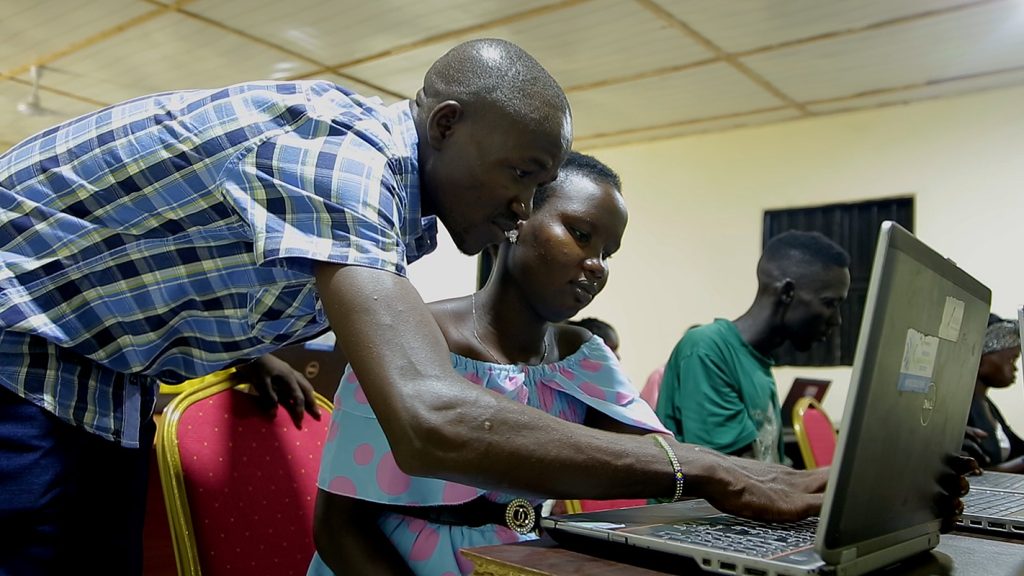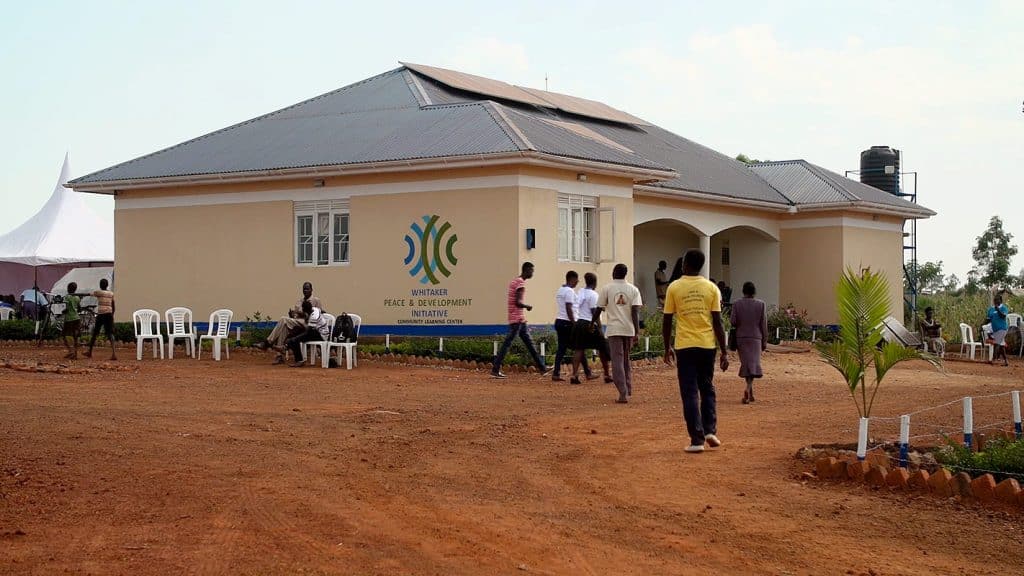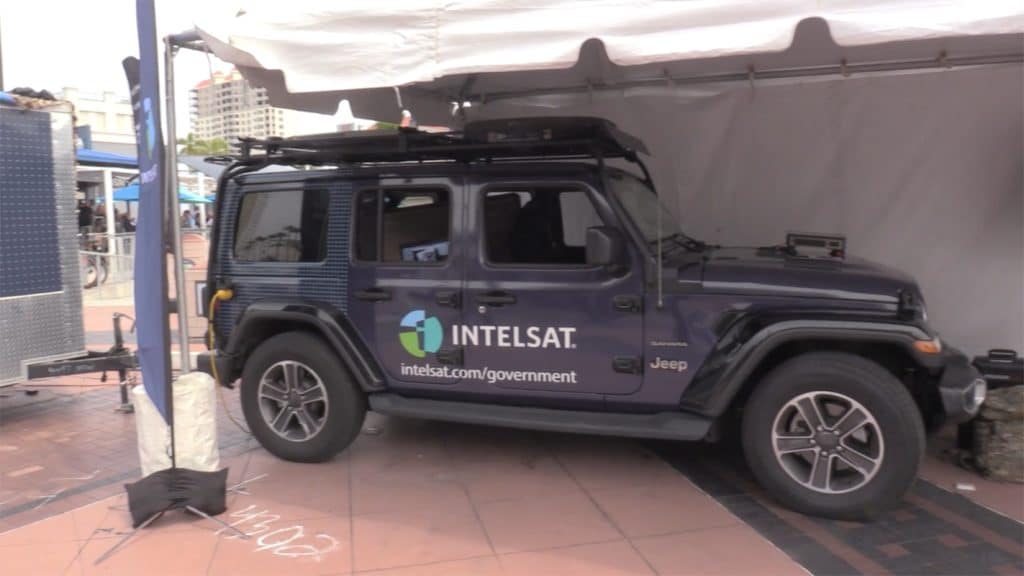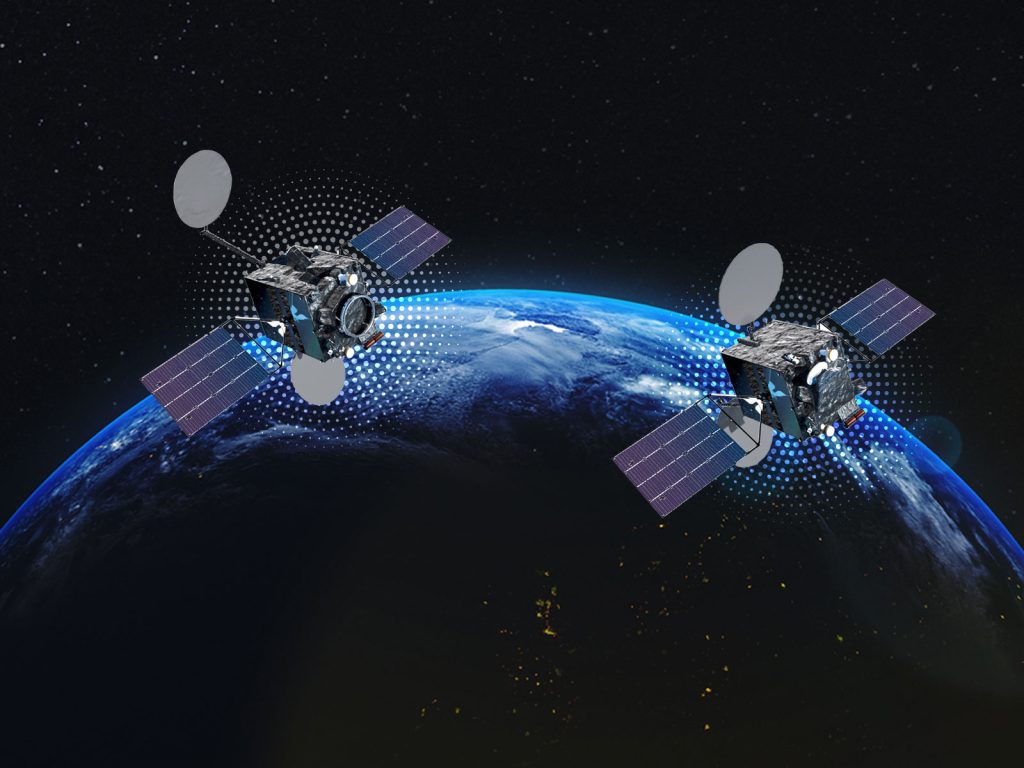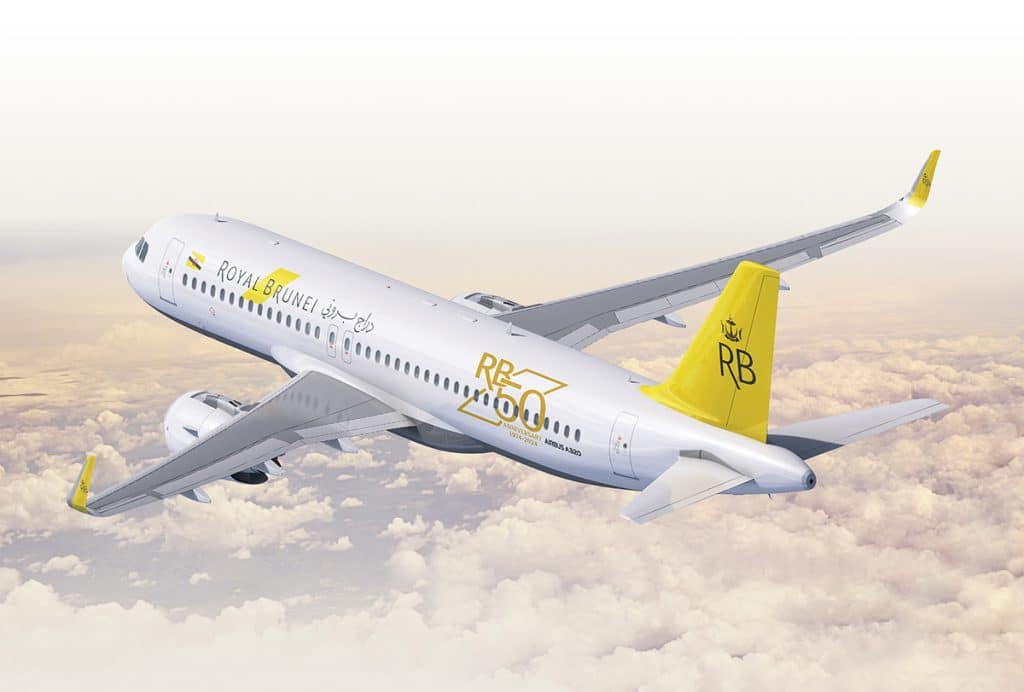Future of Ku-band for UAVs, C-band for Society’s Needs Supported at WRC-15
With exponential growth forecast worldwide for Remotely Piloted Aircraft (RPA), the commercial satellite industry convinced delegates to the recent World Radiocommunication Conference (WRC-15) that more spectrum was needed in this vital area.
The delegates to the November conference in Geneva commissioned the International Civil Aviation Organization (ICAO) to develop Standards and Recommended Practices (SARPs) for the use of Fixed Satellite Service (FSS) links for flight control of RPAs. They also identified additional FSS spectrum between 10 and 17 GHz to correct the imbalance between uplink and downlink Ku-band allocations that will provide more spectrum for general non-flight control related communications. RPAs generally operate in the Ku-band for commanding and the transmission of mission data. Commercial satellites provide much of the Ku-band capacity that the U.S. military requires for RPA operations in hot spots around the world.
Delegates at WRC-15 determined that allowing unmanned aircraft systems to use Ku- and Ka-band spectrum for flight control on long-haul trips could work with the appropriate standards and recommended practices (SARPs) in place. This has important long-term implications because civil aviation authorities are considering rules that would allow unmanned aircraft to operate in civil air space.
Agenda items adopted for the next two WRC conferences, in 2019 and 2023, will consider additional FSS spectrum needs, a sign that member delegates understand that government requirements for commercial satellite communications (“satcom”) is going to grow.
The spectrum in which FSS operates also has been eyed by mobile communications operators in their expansion into 5G capability. Their arguments that 20 mobile broadband subscriptions are activated every second collided with satcom industry research that shows that growth in the use of High Altitude, Long Endurance (HALE) and Medium-Altitude (MALE) unmanned aerial system air frames is expected to double between now and 2023.
The conference, which is held every 3-4 years under the auspices of the International Telecommunications Union (ITU), also dealt with incursion into the C-band spectrum by terrestrial mobile operators. C-band carries televisions broadcasts but also supports government needs such as emergency and humanitarian services, weather forecasting, and maritime operations.
Because of signal interference that can inhibit vital services, mobile and satellite communications have difficulty co-existing in the range of the C-band spectrum. Delegates to WRC-15 recognized this by not approving a global identification of C-band frequencies for International Mobile Telecommunications (IMT) systems. The use of C-band for IMT was limited to specific countries in only the extended and super-extended (3400-3700 MHz) ranges of C-band downlink spectrum
The satellite industry was not alone in its quest to keep C-band areas from being reallocated for mobile transmissions, which already has caused signal difficulty in this vital area. The United Nations World Food Program and Office for Coordination of Humanitarian Affairs, the International Civil Aviation Organization, the World Meterological Organization, the World Broadcasting Unions, NetHope, the International Maritime Organization and the Space Frequency Coordination Group – comprised of the world’s space agencies – also called for safeguarding C-band satellite services.
Because the C-band also figures in the 5G future for mobile, the topic is likely to be raised again in WRC-19. With that in mind, the Satellite Spectrum Initiative, formed by industry stakeholders, will continue its education campaign about both the community’s needs and value to the larger society.
For more information, please see this press release.






